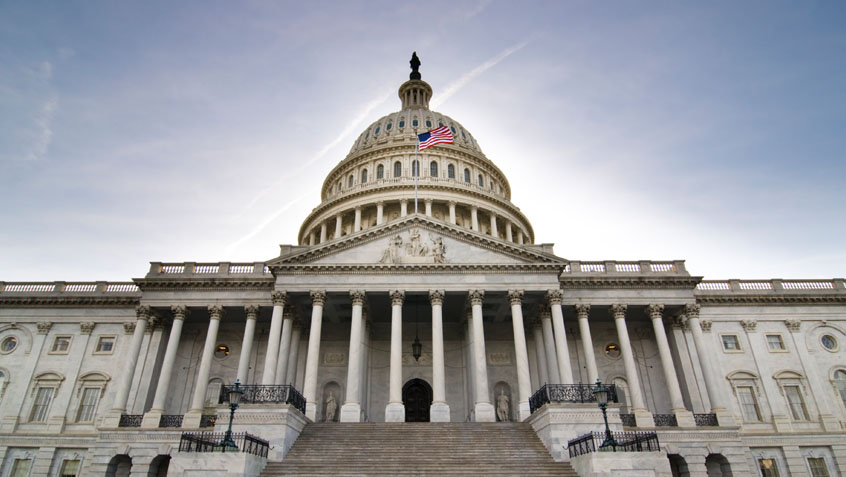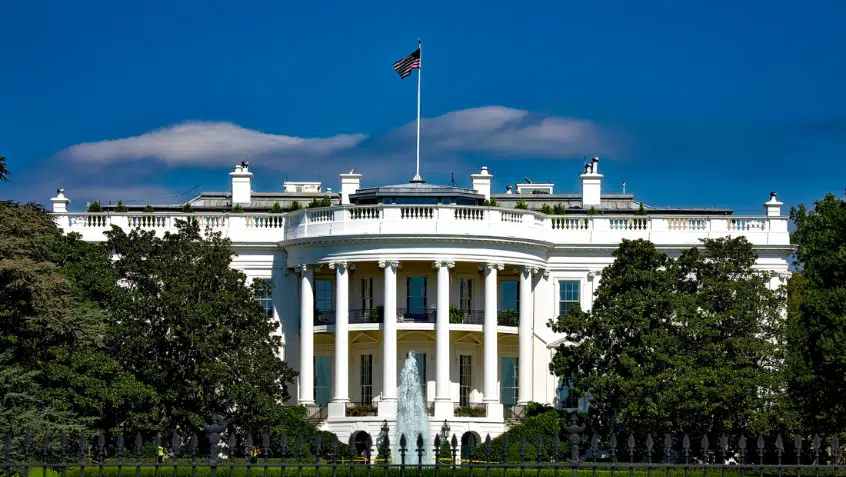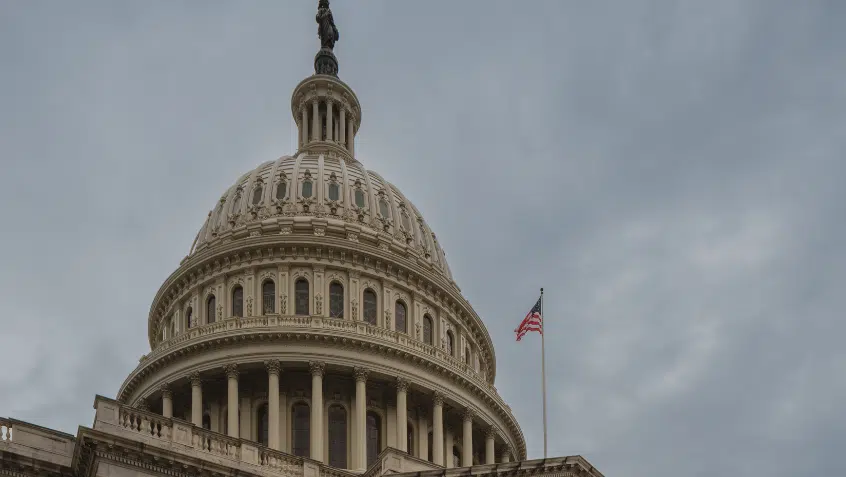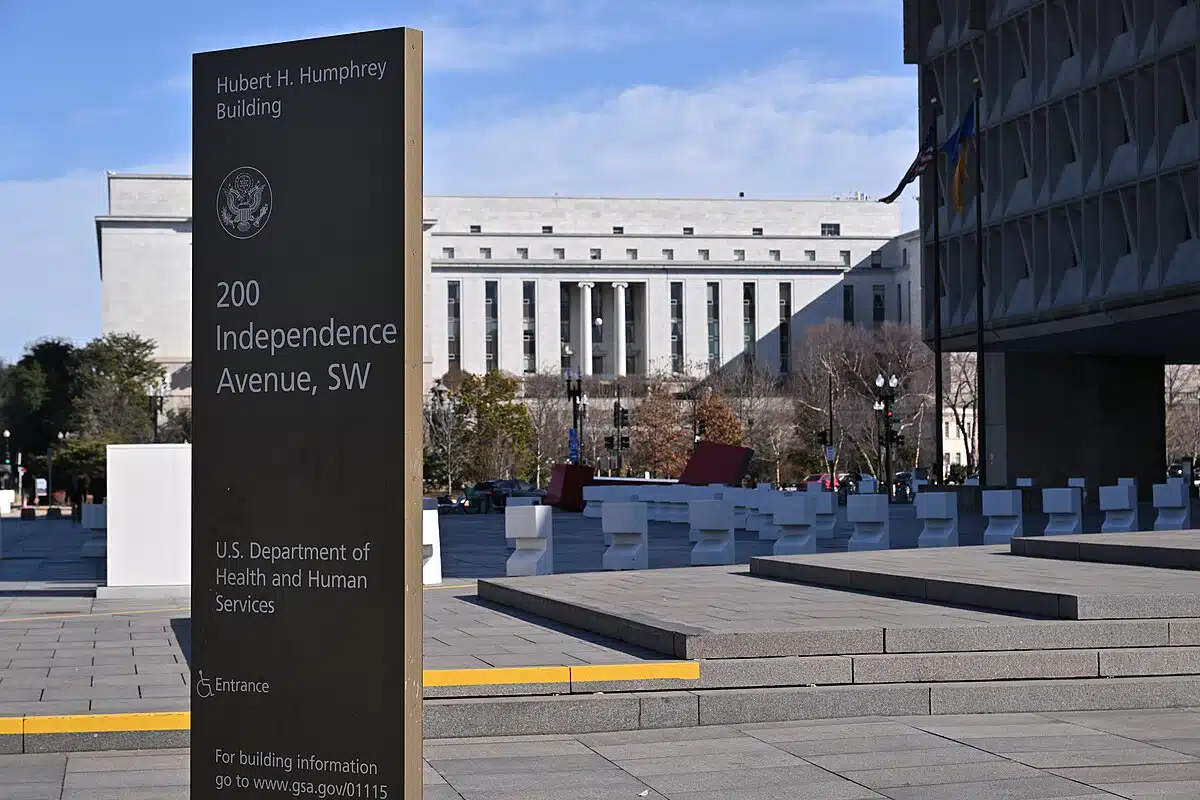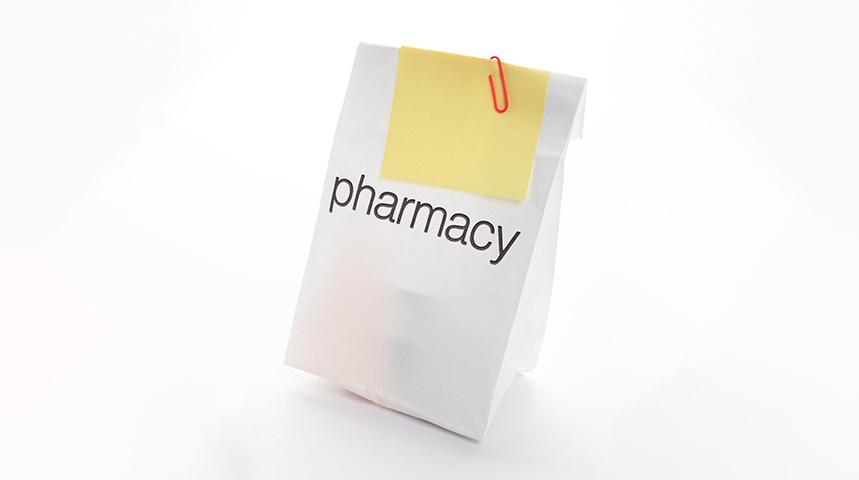
This week, the Medicare Rights Center responded to a U.S. Department of Health and Human Services (HHS) proposed rule that would change the way that Medicare prescription drug plans (PDPs) and their pharmacy benefit managers (PBMs) negotiate and pay for drugs.
Under the current Part D payment system, plans submit bids annually to the Centers for Medicare & Medicaid Services (CMS) that reflect the plan’s expected rates and expenses for the coming year. In developing these bids, plans negotiate payment rates with pharmaceutical companies. These negotiations give rise to the formulary, or list of covered drugs and the amounts that beneficiaries will pay for those drugs during the plan year. It includes the “full” price of the drug, which beneficiaries will pay during the deductible period, and also sets the amount of percentage-based copays in the initial coverage period, as well as the amounts the beneficiary will pay after the initial coverage period (25% of that cost in 2019) and after reaching catastrophic coverage (usually 5% of that cost). Sometimes this amount is close to the price that people without insurance would pay for the drug, which is often called a “list price,” but sometimes it is lower. People without insurance may be able to buy a drug for a price closer to a particular plan’s full price with the aid of manufacturer discounts or coupons.
This “full” price—sometimes called the negotiated rate—is not, however, always the amount that actually passes between the PDP or PBM and the manufacturer and pharmacy. Instead, discounts and rebates can reduce this price, and do not all need to be reported back to CMS or included in the prices on the formulary or that set beneficiary payment rates. This means that a person paying a 30% copay based on the negotiated rate may actually be paying a higher percentage of the price the plan is actually paying. PBMs and PDPs then use this money to reduce premiums or provide additional, supplemental benefits.
The proposed rule would eliminate the rebates paid by manufacturers to PBMs and plans, and anticipates that any resulting reductions in price would be passed on to beneficiaries. While Medicare Rights strongly supports the aims of the proposal—to increase price transparency, reduce the incentive for plans and PBMs to negotiate for higher “full” prices and larger rebates, and drive down overall drug prices—we are concerned about the lack of detail in the proposed rule and about the wide variety of actuarial predictions related to this particular rule change. Further, the rule doesn’t do anything to ensure that the reductions in price—which currently existing as rebates to plans—would convert into reductions to the negotiated rate, or, even more, the list price. Some projections also indicate that the loss of rebate dollars would raise premiums to a larger extent, and for many more people, than those who are currently paying more at the pharmacy as the result of rebates and could see savings under this change. Finally, the rule doesn’t address the high costs of many medications that do not generate rebate dollars at all.
We encourage HHS to continue to study this issue, so that policymakers can take steps to increase transparency and predictability for all people with Part D, and to, at the same time, tackle the underlying issue of high drug prices directly.
The Latest
Most Read
Congress Moves to Cut Medicaid
Threats to the Social Security Administration and to Benefits Continue to Raise Alarm
House Adopts Senate Budget Plan, Laying the Groundwork for Significant Health Care Cuts
Trump Administration and DOGE Eliminate Staff Who Help Older Adults and People With Disabilities
Add Medicare to Your Inbox
Sign up to receive Medicare news, policy developments, and other useful updates from the Medicare Rights.
View this profile on InstagramMedicare Rights Center (@medicarerights) • Instagram photos and videos

